An introduction to the reproductive systems
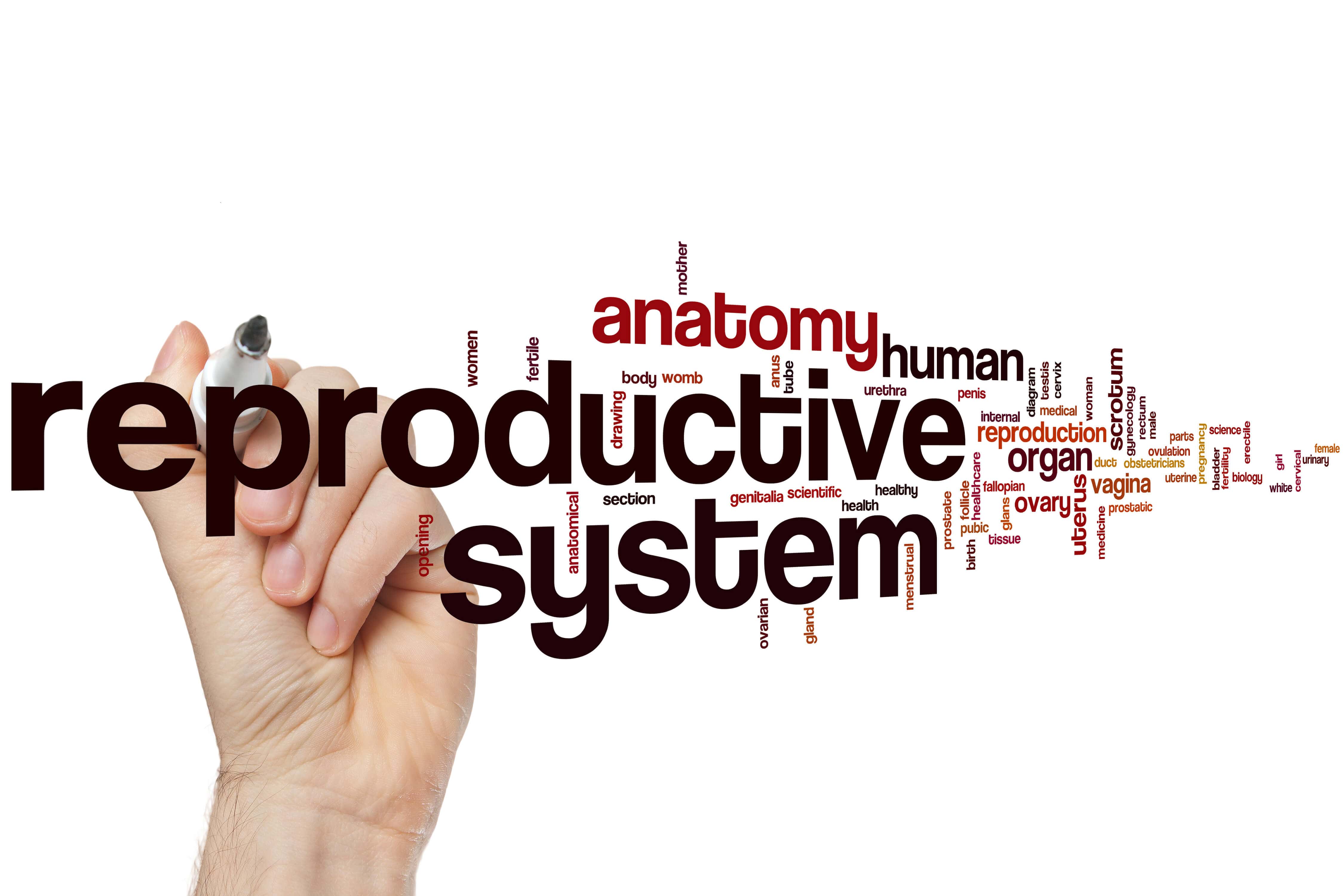
This is the ninth and final blog in a new series that introduces the major systems in the human body. In this blog, we’ll cover the reproductive systems. The male and female reproductive systems produce sperm and egg cells, respectively. The male reproductive system consists of the testes, prostate gland, and penis. The female reproductive […]
An introduction to the endocrine system

This is the eighth blog in a new series that introduces the major systems in the human body. In this blog, we’ll cover the endocrine system. The endocrine system uses hormones (chemical messengers) to control the body’s reproduction, metabolism, and energy level. The major endocrine organs include the pituitary gland, pineal gland, thyroid gland, parathyroid […]
An introduction to the urinary system
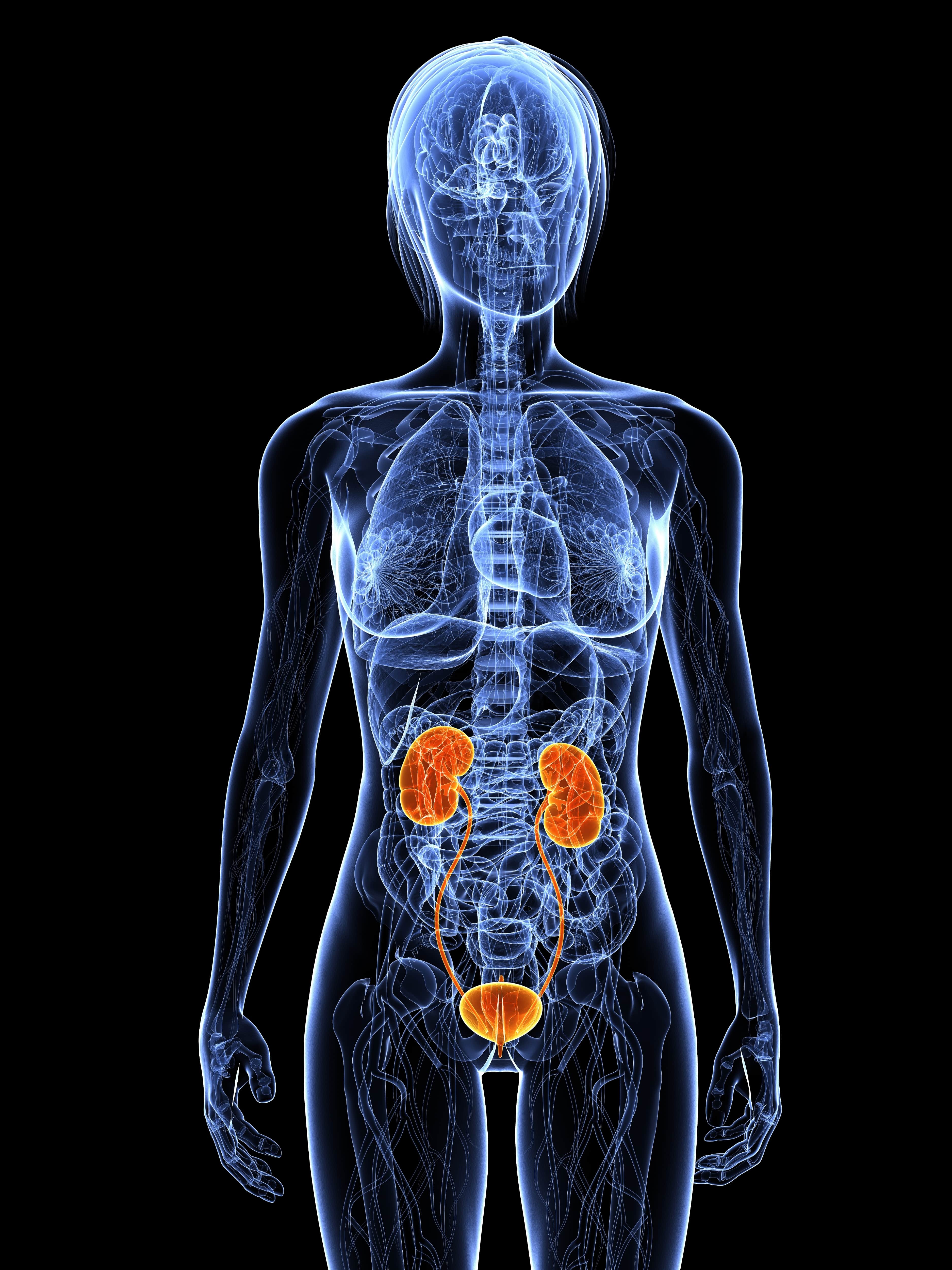
This is the seventh blog in a new series that introduces the major systems in the human body. In this blog, we’ll cover the urinary system. The urinary system filters blood while removing waste. It consists of the kidneys, ureters, bladder, and urethra. The kidneys are vital organs for survival. They filter nearly 200 liters […]
An introduction to the digestive system
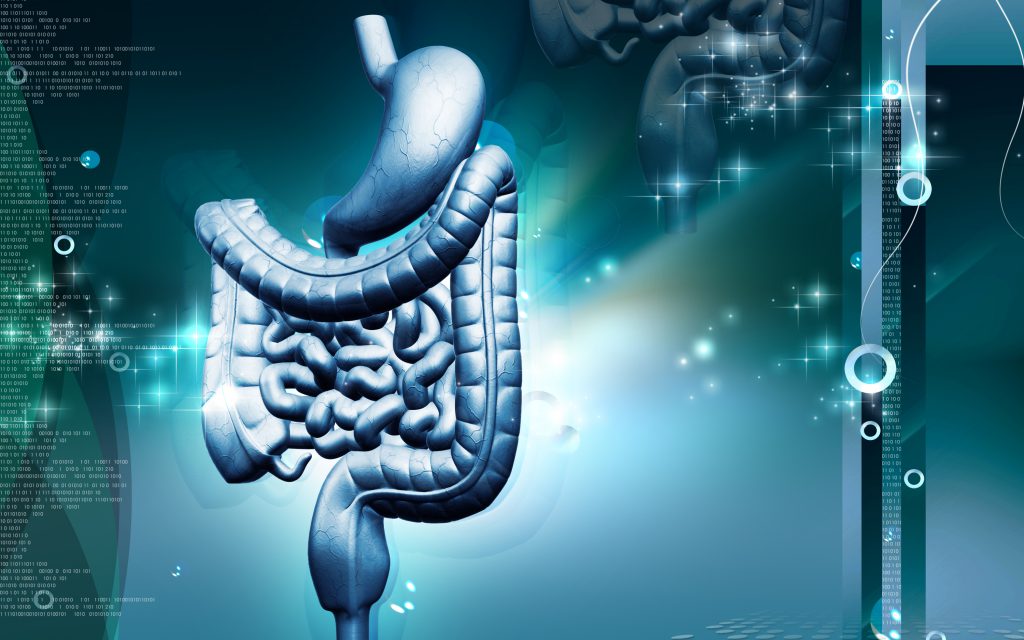
This is the sixth blog in a new series that introduces the major systems in the human body. In this blog, we’ll cover the digestive system. The digestive system consists of the gastrointestinal (GI) tract and accessory organs. The mouth, esophagus, stomach, small intestine, large intestine, and anus make up the GI tract. The accessory […]
An introduction to the respiratory system
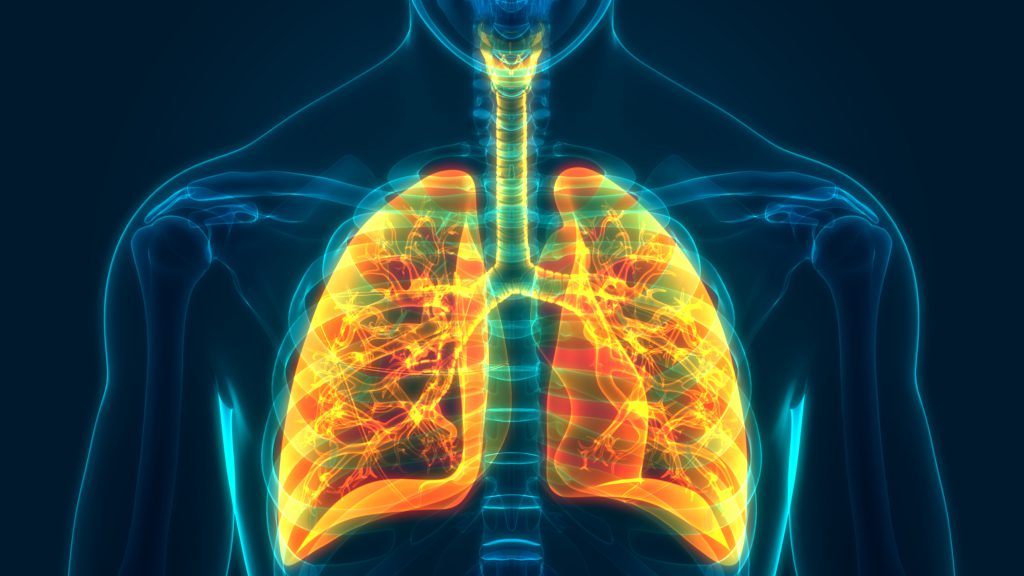
This is the fifth blog in a new series that introduces the major systems in the human body. In this blog, we’ll cover the respiratory system. The role of the respiratory system is to help the body take in oxygen and remove waste. The respiratory system consists of 2 portions: a conducting portion and a […]
An introduction to the integumentary system
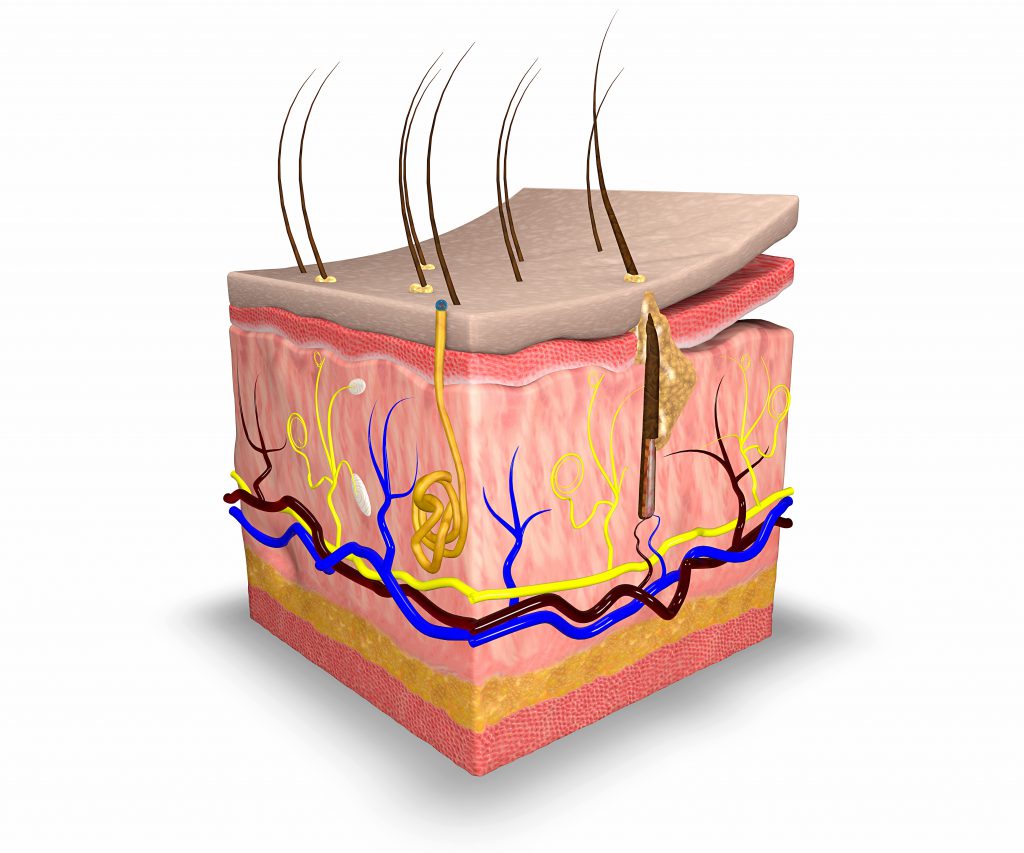
This is the fourth blog in a new series that introduces the major systems in the human body. In this blog, we’ll cover the integumentary system. The integumentary system consists of skin, nails, hair, and glands (organs that secrete things). It serves as the first line of defence against invading pathogens (toxins). Skin is the […]
An introduction to the immune system
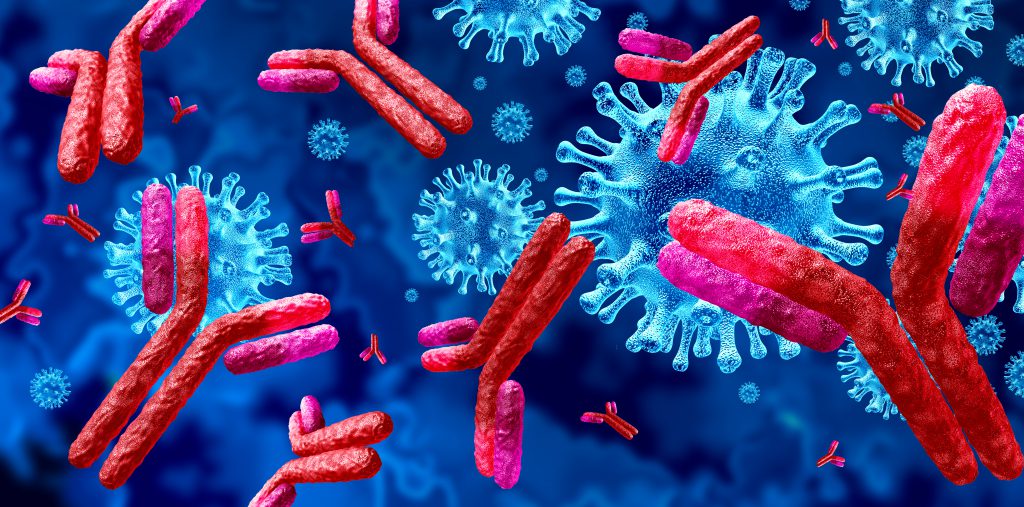
This is the third blog in a new series that introduces the major systems in the human body. In this blog, we’ll cover the immune system. The immune system consists of innate defences and adaptive defences. Innate defences are nonspecific and involve surface barriers and internal defences. Adaptive defences are specific to a particular antigen […]
An introduction to the cardiovascular system

This is the second blog in a new series that introduces the major systems in the human body. In this blog, we’ll cover the cardiovascular system. The cardiovascular system consists of the heart and blood vessels. It transports oxygen and nutrients to the body’s organs so they can function. The heart is a muscular pump […]
An introduction to the nervous system
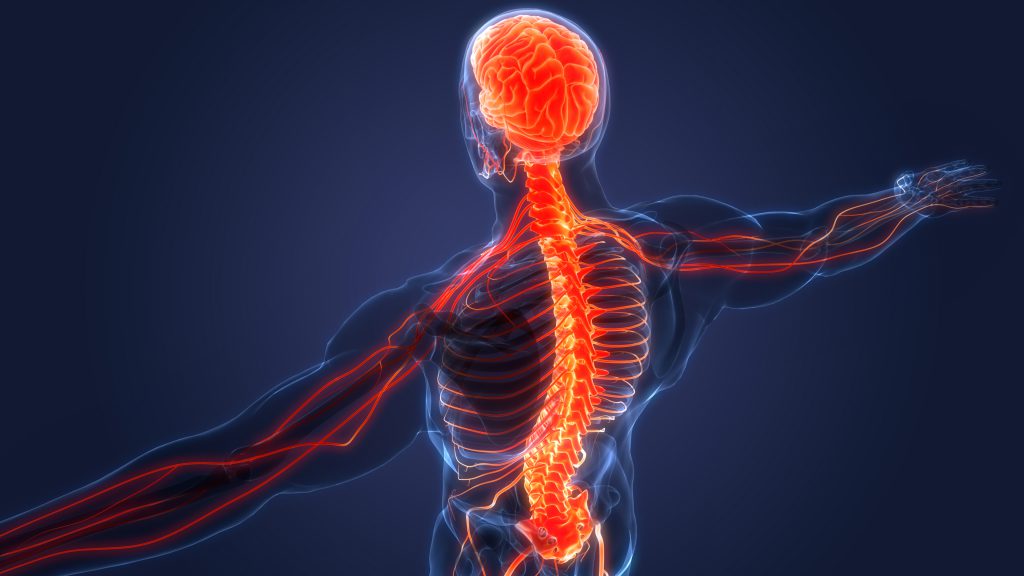
This is the first blog in a new series that introduces the major systems in the human body. In this blog, we’ll cover the nervous system. The central nervous system (CNS) and peripheral nervous system (PNS) make up the nervous system. The CNS includes the brain and spinal cord while the PNS includes the cranial, […]
How the Boom Health app helps you after hospital discharge

Hospital discharge occurs when inpatient care from the hospital ends and care from family, friends, and caregivers begins. Although most hospitals provide you with a discharge planner, it can be confusing to navigate and you may have unanswered questions. Discharge follow up tasks Boom Health’s discharge follow up tasks help you keep track of and […]

